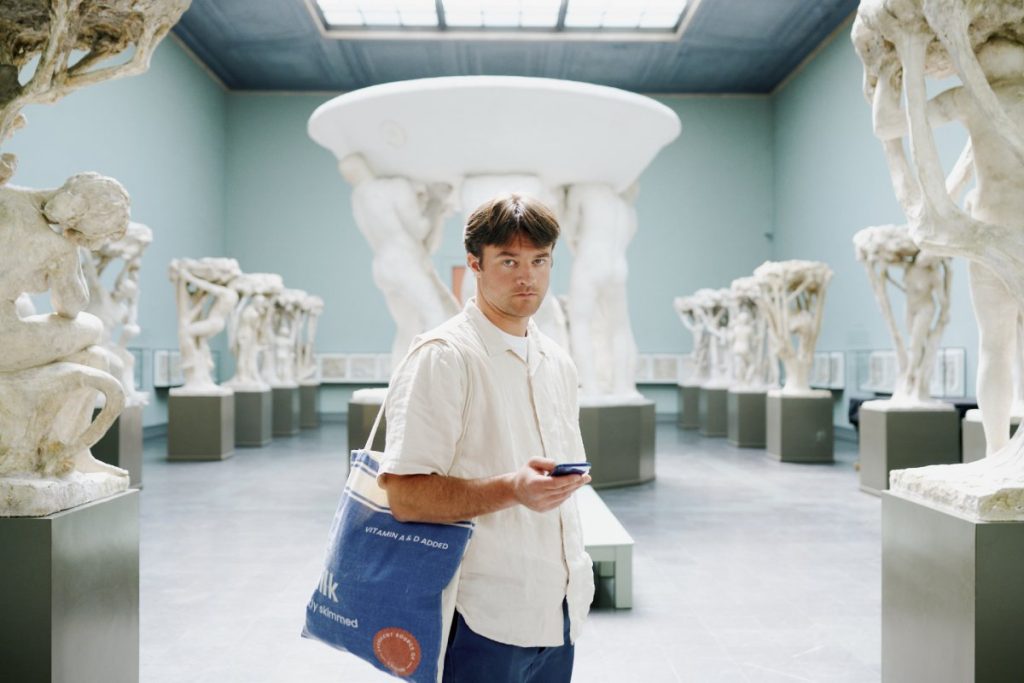Visit Oslo’s new tourism ad takes a unique approach by using dry Nordic humor to showcase the appeal of the city. The ad features a local who starts off by saying, “I wouldn’t come here,” and then goes on to explain why Oslo is a great place to visit. The ad highlights Oslo’s lack of crowds, with no lines at museums and no waits at restaurants. This contrasts with the current issue of overtourism in popular destinations like Japan, Venice, and Barcelona. The ad aims to position Oslo as an underdog city break destination in Europe and the Nordics, emphasizing the benefits of its lesser-known status.
Oslo has a number of famous attractions, including Akershus Fortress, the Nobel Peace Center, and the Norwegian Maritime Museum. The city has seen positive transformations in recent years, with the opening of new museums dedicated to artist Edvard Munch and a National Museum. Despite these advancements, the ad’s protagonist, Halfdan, remains unimpressed and points out the city’s shortcomings in a deadpan manner. The ad’s dry humor reflects the Nordic sensibility and sets it apart from traditional tourism ads that typically feature locals talking enthusiastically about their city with a big smile.
The ad’s use of humor is a departure from the usual approach taken by tourism ads, and it has garnered attention for its creativity and originality. Visit Sweden and Visit Iceland have also used humor in their campaigns, reflecting a trend towards more unconventional marketing strategies in the tourism industry. The ad’s somber tone and lack of smiling locals create a refreshing and authentic portrayal of Oslo, challenging viewers to reconsider their perceptions of the city. By highlighting Oslo’s unique attributes through dry Nordic humor, the ad aims to differentiate the city from other popular tourist destinations and attract visitors seeking a more off-the-beaten-path experience.
The ad’s message is timely given the current rise in international arrivals to Oslo, with a 26% increase from 2019 levels. This growth comes at a time when many popular tourist destinations are grappling with overtourism and its negative impacts. By promoting Oslo as a less crowded and more authentic alternative, the ad seeks to capitalize on the city’s unique selling points. As tourism continues to evolve, destination marketing campaigns are increasingly focusing on differentiation and storytelling to attract visitors. Visit Oslo’s ad stands out for its use of dry humor and originality, setting a new standard for creativity in the tourism industry.
In conclusion, Visit Oslo’s new tourism ad offers a fresh and unconventional take on destination marketing by using dry Nordic humor to showcase the city’s unique appeal. By highlighting Oslo’s lack of crowds, its diverse attractions, and its underdog status in the tourism industry, the ad challenges viewers to reconsider their perceptions of the city. Through the use of humor and authenticity, the ad sets a new standard for tourism marketing campaigns, inspiring other destinations to think outside the box and create engaging and memorable content. As Oslo continues to attract international visitors and undergo positive transformations, its tourism industry may benefit from this creative and innovative approach to promotion.















